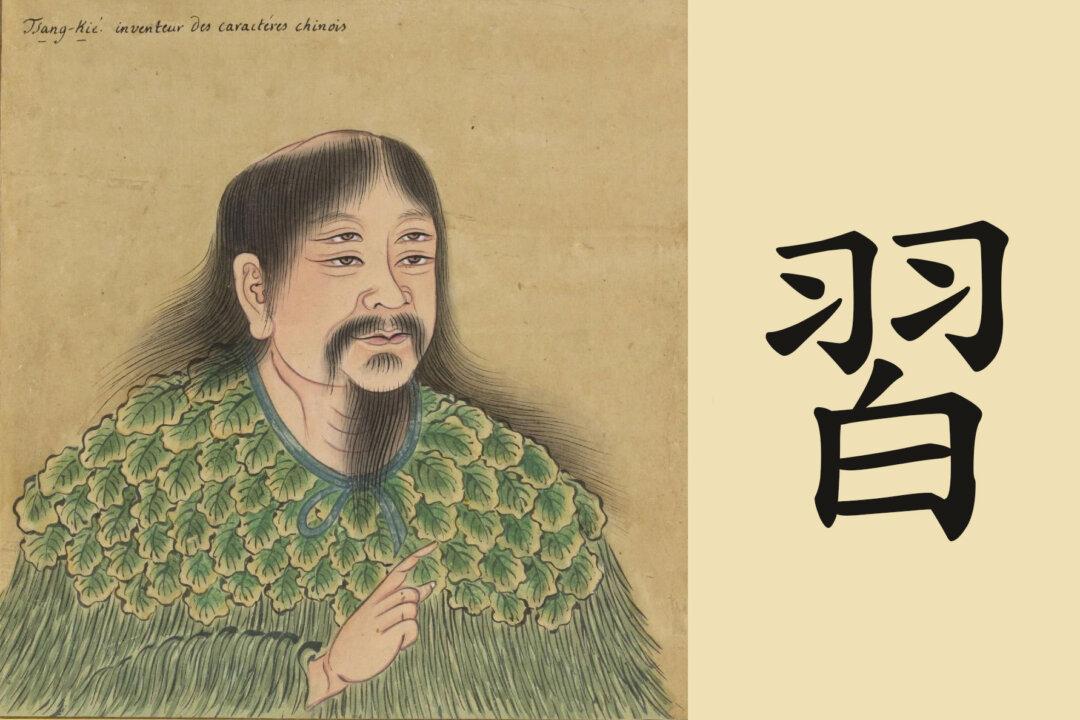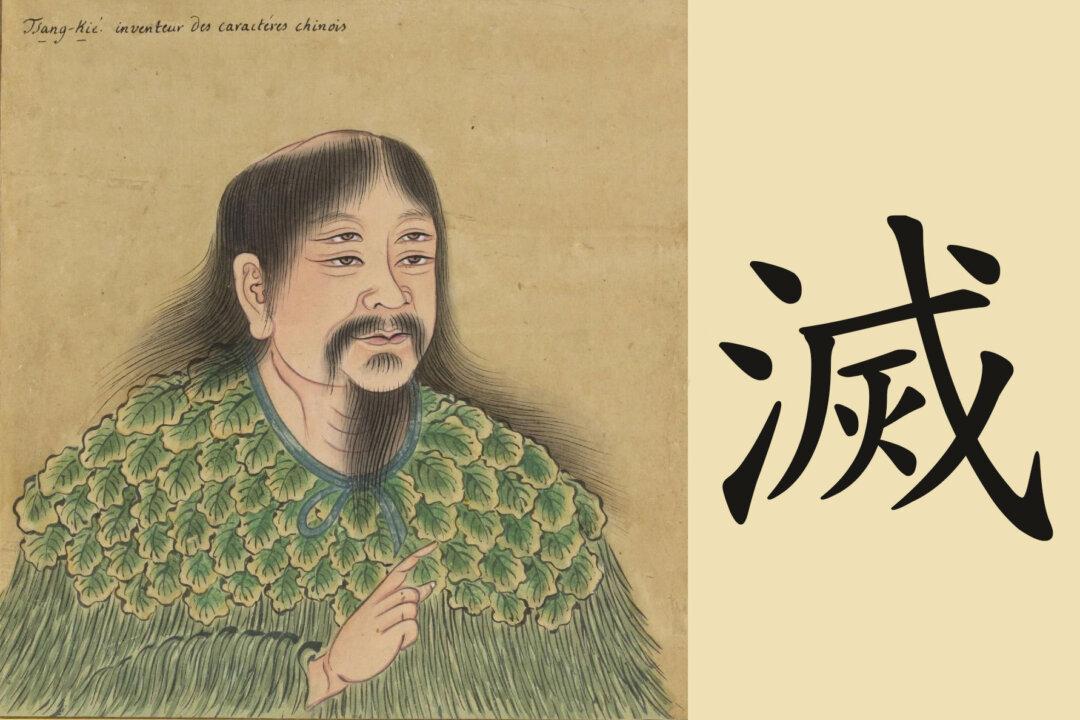The Chinese character 習 (xi) means learning or practicing. In Oracle bone script, the earliest ancient Chinese writing, it is written like this:
There are two feathers on the top, representing the two wings of a bird flying. Underneath is the sun, referring to the bird practicing flying in the sky.
A baby hawk does not fly well yet, so it needs to keep practicing and strengthening its wings before it becomes a high-flying hawk.
When Cangjie, the inventor of Chinese writing, created this character, he passed on a message to us at the same time: in learning anything, we need to keep practicing until we master it and reach perfection.
The upper part of 習 is the independent character 羽, meaning feather. The lower part is another independent character, 白, meaning white and brightness, symbolizing the sun beaming with rays.
Thus, the character 習 brings us a vivid image of a bird flapping its wings, practicing flying under the full sun in the sky.





